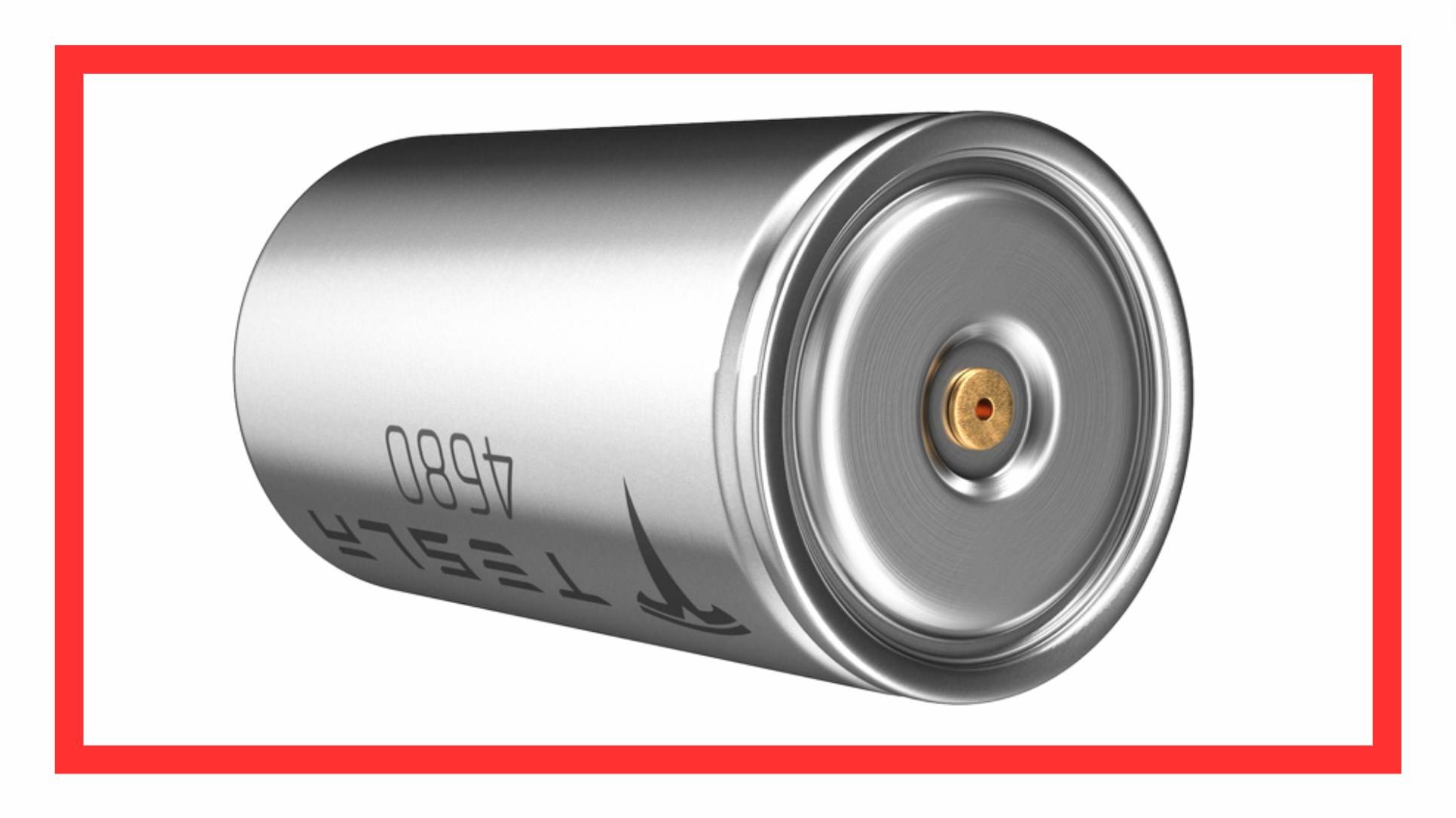Lithium-ion batteries are crucial for modern energy storage solutions, particularly in electric vehicles (EVs) like those produced by Tesla. Understanding the various types of lithium-ion batteries, their components, and how they function can help consumers appreciate their importance in sustainable energy. This guide explores Tesla’s innovative approach to battery technology and its implications for the future.
What types of batteries does Tesla use?
Tesla primarily uses three types of lithium-ion batteries in its electric vehicles:
- 18650 Cells: Used in older models, these cylindrical cells have been a staple since Tesla’s inception.
- 2170 Cells: Introduced with newer models, these larger cells provide increased energy density and efficiency.
- LFP (Lithium Iron Phosphate) Cells: These prismatic cells are used in entry-level models, offering safety and cost benefits.
| Battery Type | Description |
|---|---|
| 18650 Cells | Smaller cylindrical cells used in older models |
| 2170 Cells | Larger cylindrical cells for newer models |
| LFP Cells | Prismatic cells used for cost-effective models |
How do Tesla’s lithium-ion batteries work?
Tesla’s lithium-ion batteries operate on the principle of ion movement between the anode and cathode during charging and discharging. When charging, lithium ions move from the cathode to the anode, storing energy. During discharge, these ions move back to generate electricity. This process is facilitated by a liquid electrolyte that allows ions to flow while preventing short circuits.
What are the advantages of Tesla’s battery technology?
Tesla’s battery technology offers several advantages:
- High Energy Density: Provides longer ranges for electric vehicles.
- Cost Efficiency: Continuous improvements in manufacturing processes reduce costs.
- Durability: Enhanced cycle life ensures longer-lasting performance.
| Advantage | Description |
|---|---|
| High Energy Density | Longer driving range |
| Cost Efficiency | Reduced production costs |
| Durability | Extended lifespan and performance |
What is lithium-ion battery technology?
Lithium-ion battery technology refers to rechargeable batteries that use lithium ions as a primary component. These batteries are widely used due to their high energy density, low self-discharge rate, and ability to be recharged many times without significant degradation.
How do lithium-ion batteries compare to other battery types?
Compared to other battery technologies, lithium-ion batteries offer:
- Higher Energy Density: More energy stored per unit weight than lead-acid or nickel-cadmium batteries.
- Longer Lifespan: Typically last longer than traditional rechargeable batteries.
- Lower Maintenance: Require less frequent maintenance compared to lead-acid batteries.
| Comparison Factor | Lithium-Ion | Lead-Acid | Nickel-Cadmium |
|---|---|---|---|
| Energy Density | High | Low | Medium |
| Lifespan | Long | Short | Medium |
| Maintenance | Low | High | Medium |
What are the main components of lithium-ion batteries?
The main components include:
- Anode: Typically made from graphite, it stores lithium ions during charging.
- Cathode: Made from various materials like nickel-cobalt-aluminum (NCA) or lithium iron phosphate (LFP), it releases lithium ions during discharge.
- Electrolyte: A liquid or gel that allows ion movement between anode and cathode while preventing short circuits.
What innovations are on the horizon for battery technology?
Future innovations in battery technology include:
- Solid-State Batteries: Promising higher energy densities and improved safety by using solid electrolytes instead of liquid ones.
- Recycling Technologies: Advances in recycling processes aim to recover valuable materials from used batteries efficiently.
- Alternative Chemistries: Research into sodium-ion and aluminum-ion batteries could provide cost-effective alternatives.
How is Tesla leading in battery development?
Tesla continues to lead in battery development through:
- In-House Production: Establishing Gigafactories to produce its own battery cells, reducing reliance on external suppliers.
- Innovative Designs: The introduction of the 4680 cell design enhances energy density and reduces costs.
- Research Investments: Significant investments in research and development ensure ongoing advancements in battery performance and sustainability.
Buy Wholesale Battery Tips
For those considering wholesale purchases of batteries or related products, partnering with a reliable manufacturer like Redway Battery, known for its extensive experience in lithium battery production, is crucial. To make OEM orders effectively:
- Define your specifications clearly.
- Communicate regularly with the manufacturer throughout the process.
- Ensure compliance with safety standards.
Industrial News
Recent developments indicate that advancements in lithium-ion battery technology continue to accelerate, with companies like Tesla leading efforts to enhance energy density and reduce costs. The focus on sustainability and recycling is also gaining traction as part of broader environmental goals.
Redway Expert Views
“Tesla’s commitment to innovation in battery technology not only enhances vehicle performance but also sets a precedent for sustainability in the automotive industry,” states an expert from Redway Battery.
FAQ Section
- What types of batteries does Tesla use?
Tesla uses 18650, 2170, and LFP (Lithium Iron Phosphate) cells depending on the model. - How do lithium-ion batteries work?
They operate by moving lithium ions between anode and cathode during charging and discharging cycles. - What advantages do Tesla’s batteries have over others?
They offer high energy density, cost efficiency, and durability compared to traditional battery technologies.



